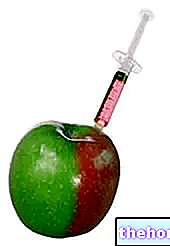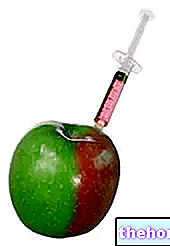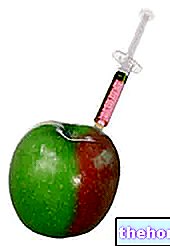Phenol, initially known as "phenic acid", is the simplest compound existing among the aromatic compounds deriving from benzene, called phenols.
These compounds have a hydroxyl group (-OH) bound to the aromatic ring of the molecule. Although phenols, like alcohols, have a -OH group, they do not behave like the latter; in fact they are acid compounds.
Phenol exists in the form of white crystals which, due to oxidative processes, tend to change color taking on a yellow or pink color. They are crystals that dissolve well in water and even better in ethanol and chloroform.
The phenol can react as an acid and be converted into the respective salts, the "phenates" and / or it can react as an alcohol and form, with the carboxylic acids, the corresponding esters.
Phenol was first synthesized in 1860 and was initially used as a deodorant and disinfectant for sewers.
In 1865 the Scottish doctor Joseph Lister, professor of surgery in Glasgow, used this substance as an antiseptic in a case of an open fracture, and it was precisely in this way that the practice of antisepsis (a method that aims to interrupt the microbial reproduction, not necessarily through the killing of germs), followed by the practice of asepsis (a procedure created to prevent the contamination, by microorganisms, of substrates and / or objects that had previously been sterilized; it is a practice that is used a lot in operating rooms).
Therefore, it can be deduced that phenol is used for the disinfection of hospital environments, surgical instruments and medical equipment.
However, phenol is also used:
- as a disinfectant;
- as a reagent for the production of bisphenol A, phenolic resins and caprolactam.
- as an exfoliant: it can be used in cosmetics for the preparation of exfoliating products, thanks to its ability to remove the outermost layers of the epidermis.
- as an instrument of "death" to carry out sentences. In particular, it was used during the Second World War, in the Nazi extermination.
- As a "medical tool" in lateral laminectomy for phenolization: it is an outpatient surgery that destroys the lateral nail matrix a few millimeters away from the lateral fingertip, so that it no longer grows back, thus avoiding the recurrence of the ingrown nail. The intervention is aesthetically invisible.
























-nelle-carni-di-maiale.jpg)




